Corundum Bricks/Corundum Mullite Bricks
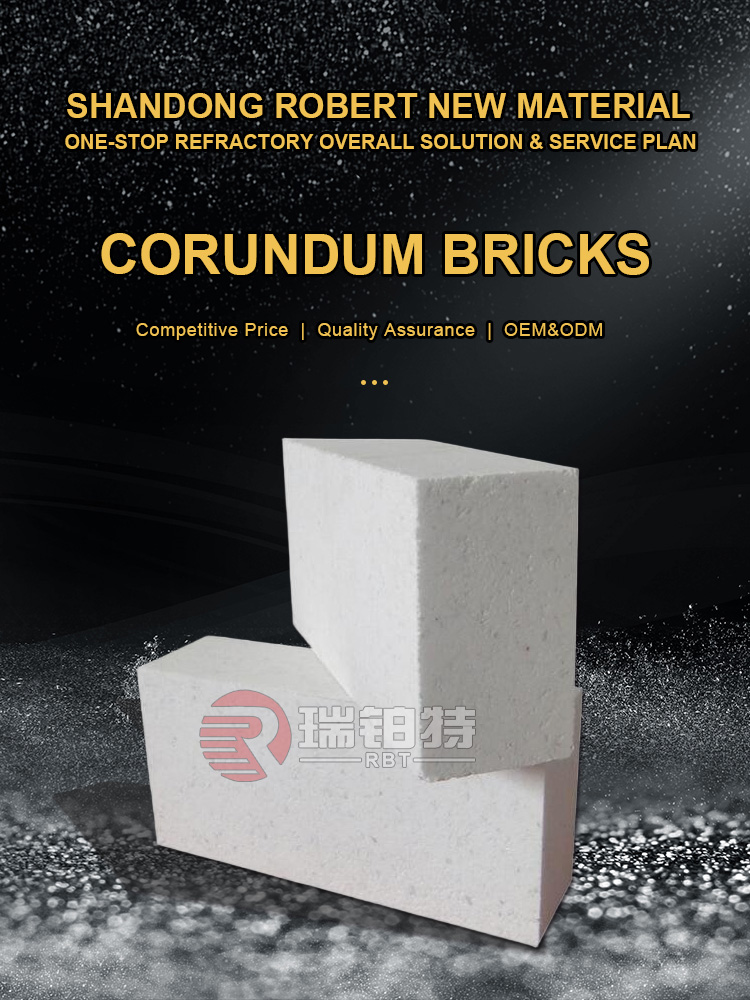
Product Information
Corundum bricks are refractory products with corundum as the primary crystalline phase, and an alumina content exceeding 90%.
Classification: Corundum bricks are primarily categorized into sintered corundum bricks and fused corundum bricks. The former is made from sintered alumina, while the latter is made from fused corundum. Unfired corundum bricks can also be made using phosphoric acid or other binders.
Performance Characteristics:
Excellent Refractory Properties: The softening-under-load temperature of corundum bricks exceeds 1700°C, and some chrome corundum bricks can reach temperatures exceeding 1790°C. They remain stable in high-temperature environments and are not susceptible to deformation or damage.
High Strength: The compressive strength of high-purity corundum bricks at room temperature is generally 70MPa-100MPa, while that of high-performance chrome corundum bricks exceeds 150MPa and can reach up to 340MPa.
Good Chemical Stability: Corundum bricks are highly resistant to acidic or alkaline slags, metals, and molten glass, and are not susceptible to chemical reactions.
Strong resistance to slag erosion: For example, the Cr₂O₃ content in chrome corundum bricks effectively prevents molten slag from penetrating the brick body through capillary pores, resulting in superior slag erosion resistance to ordinary corundum bricks.
Main Ingredients and Raw Materials:
The primary component of corundum bricks is alumina (Al₂O₃), typically exceeding 90%, with some containing up to 99%. Raw materials include sintered alumina and fused corundum. Other mineral materials can also be added to form composite materials, such as Cr₂O₃ for chrome corundum bricks and ZrO₂ for zirconium corundum bricks.
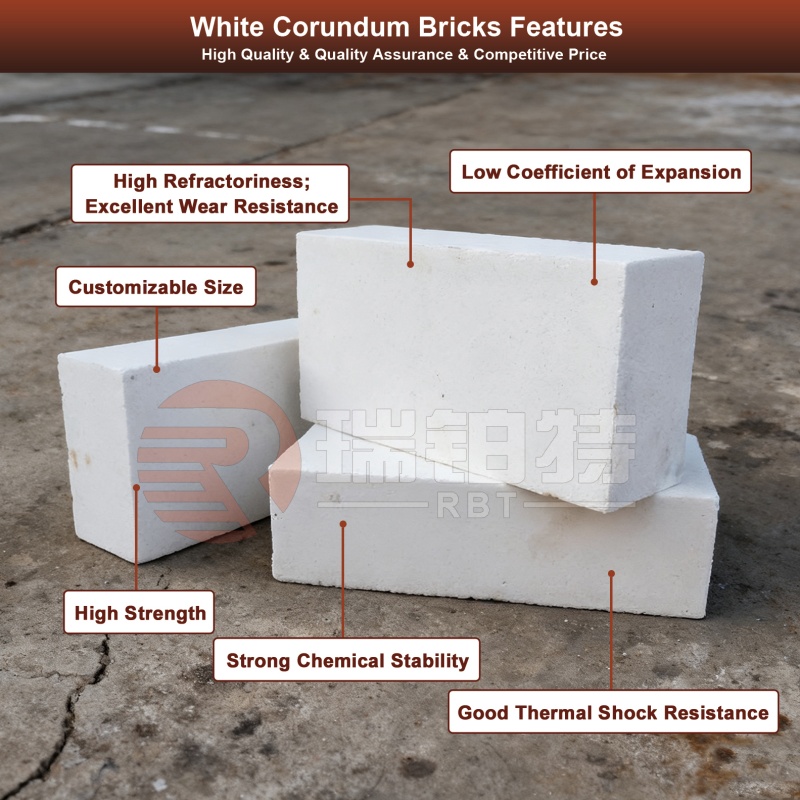
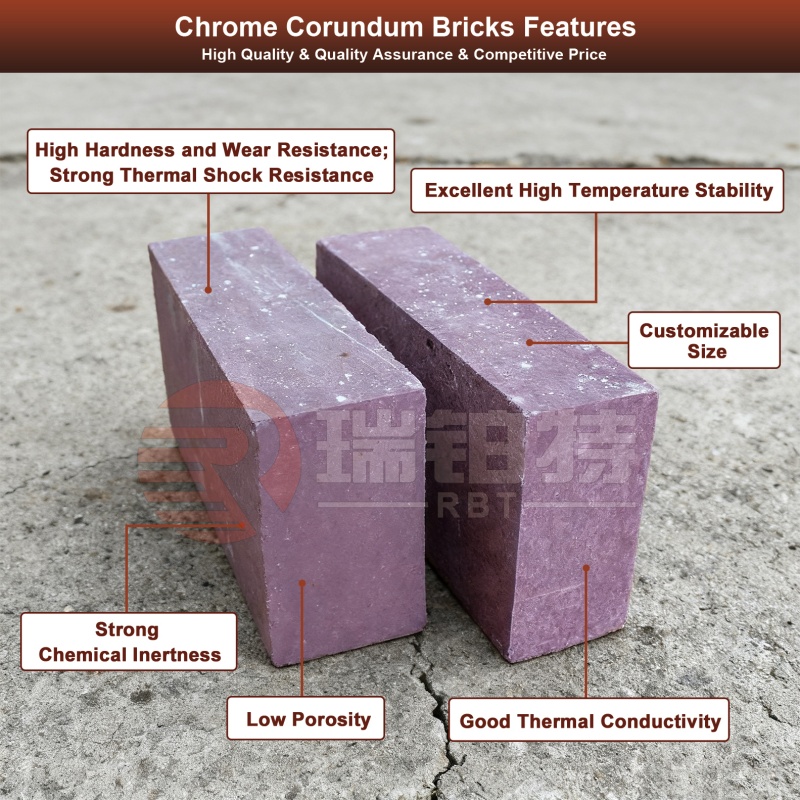
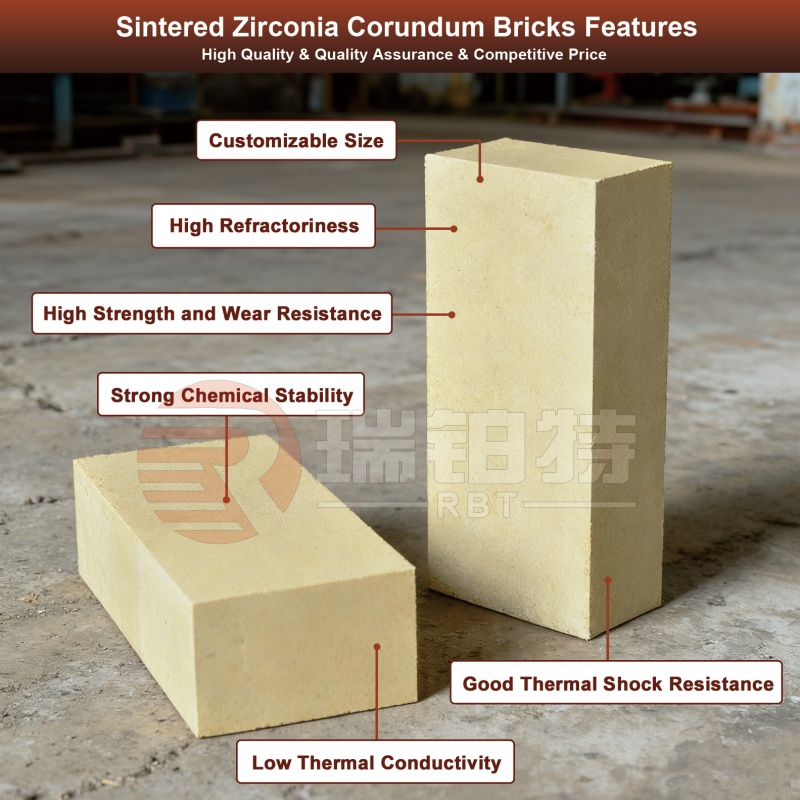
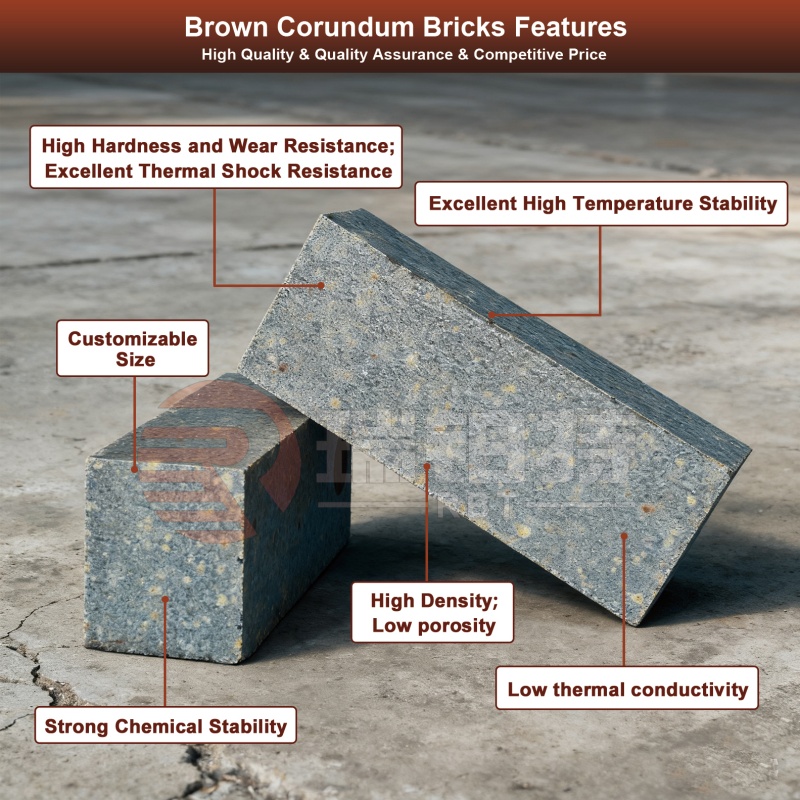
Corundum-mullite bricks are composite refractory bricks composed of two high-temperature stable phases: corundum (Al₂O₃) and mullite (3Al₂O₃・2SiO₂). They combine the high strength of corundum with the excellent thermal shock resistance of mullite, making them a high-temperature material that balances performance and cost-effectiveness.
Core Components and Structural Features
Main Crystalline Phase Composition: Corundum and mullite are the dual main crystal phases, with the alumina content typically ranging from 70% to 90%, and the remainder primarily silicon dioxide (SiO₂). The synergistic effect of the two phases balances performance.
Microstructure: Mullite phases are distributed between the corundum grains in the form of needle-shaped or columnar crystals, forming a "corundum skeleton + mullite connection" structure. This not only enhances brick strength but also buffers thermal stresses through micro-crystal gaps.
Key Performance Advantages
Outstanding thermal shock resistance: This is its core advantage. Mullite has a low coefficient of thermal expansion, and its needle-shaped crystal structure absorbs stress caused by temperature fluctuations, significantly reducing cracking caused by rapid cooling and heating at high temperatures. Its performance surpasses that of pure corundum bricks.
Balanced strength and corrosion resistance: The presence of the corundum phase ensures high strength at both room and high temperatures, while also providing good resistance to acidic slag, molten glass, and other media. While its alkali resistance is slightly inferior to that of chrome corundum bricks, it offers a wider range of applications.
Moderate thermal conductivity: Compared to high-density corundum bricks, it offers a lower thermal conductivity while maintaining a certain degree of insulation, reducing heat loss in high-temperature equipment and making it suitable for applications requiring thermal insulation.
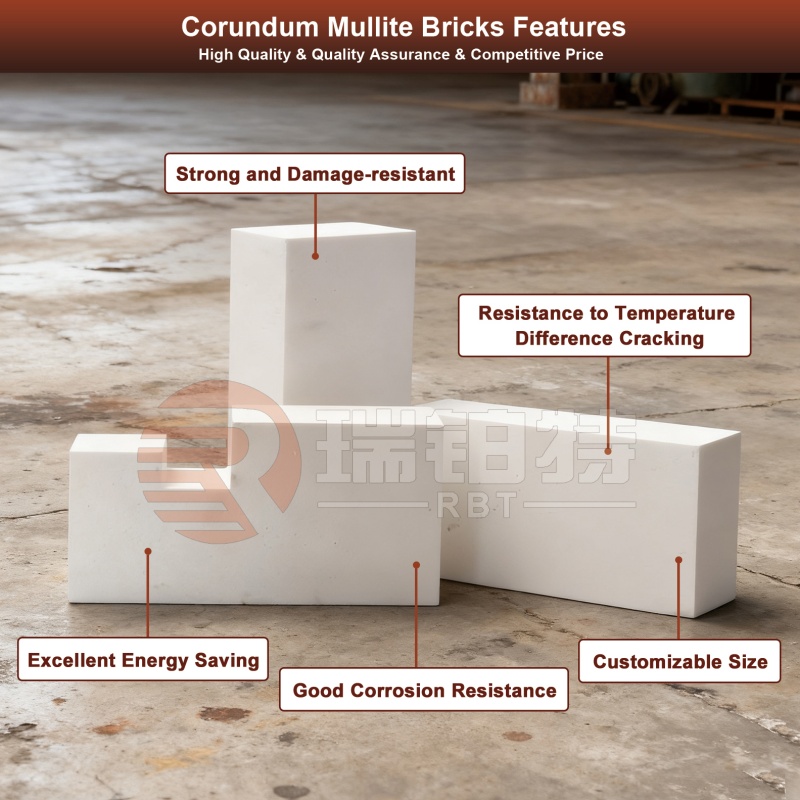
Product Index
|
Corundum Bricks
|
||||
|
INDEX
|
GYZ-99A
|
GYZ-99B
|
GYZ-98
|
GYZ-95
|
|
Al2O3 (%)≥
|
99
|
99
|
98
|
95
|
|
SiO2 (%)≤
|
0.15
|
0.2
|
0.5
|
---
|
|
Fe2O3 (%)≤
|
0.10
|
0.15
|
0.2
|
0.3
|
|
Apparent Porosity (%)≤
|
19
|
19
|
19
|
20
|
|
Bulk Density (g/cm3)≥
|
3.20
|
3.15
|
3.15
|
3.1
|
|
Cold Crushing Strength (MPa)≥
|
80
|
80
|
80
|
100
|
|
Permanent Linear Change(1600°×3h) /%
|
-0.2~+0.2
|
-0.2~+0.2
|
-0.2~+0.2
|
-0.3~+0.3
|
|
Refractoriness Under Load(0.2MPa, 0.6%)/℃≤
|
1700
|
1700
|
1700
|
1700
|
|
Corundum-mullite Bricks
|
||||
|
INDEX
|
GMZ-88
|
GMZ-85
|
GMZ-80
|
GYZ-75
|
|
Al2O3 (%)≥
|
88
|
85
|
80
|
75
|
|
Fe2O3 (%)≤
|
0.8
|
1.0
|
1.0
|
1.2
|
|
Apparent Porosity (%)≤
|
15(17)
|
16(18)
|
18(20)
|
18(20)
|
|
Bulk Density (g/cm3)≥
|
3.00
|
2.85
|
2.75
|
2.60
|
|
Cold Crushing Strength (MPa)
|
100-120
|
80-100
|
80-100
|
60-80
|
|
Permanent Linear Change(1600°×3h) /%
|
-0.1~+0.1
|
-0.1~+0.1
|
-0.2~+0.2
|
-0.2~+0.2
|
|
Refractoriness Under Load(0.2MPa, 0.6%)/℃≤
|
1700
|
1680
|
1650
|
1650
|
Application
Applications of Corundum Bricks:
Steel Industry: Used for linings of high-temperature smelting equipment such as converters, electric furnaces, and refining furnaces, as well as components such as slides, stoppers, and pouring systems for continuous casting.
Non-ferrous Metal Smelting: Lined in smelting and refining furnaces for non-ferrous metals such as aluminum, copper, and nickel.
Glass Industry: Commonly used in checker bricks in the regenerator chambers and charging ports of glass melting furnaces.
Cement Industry: Lined in the high-temperature firing zone of cement rotary kilns.
Chemical Industry: Lined in high-temperature reactors and cracking furnaces.
Energy Industry: Lined in high-temperature exhaust gas treatment equipment and gasifiers.
Main Applications of Corundum Mullite Bricks
Cement Industry: Lined in the transition zone and precalciner of cement rotary kilns. They can withstand the large temperature fluctuations within the rotary kiln while resisting the corrosive gases produced by the decomposition of cement raw materials.
Glass Industry: Used in glass furnace regenerator checker bricks and kiln sidewalls, they withstand frequent temperature fluctuations and are not easily corroded by molten glass.
Metallurgy and Chemical Industry: Suitable for use in the medium and low temperature areas of non-ferrous metal smelting furnaces, high-temperature roasting furnace linings, and catalyst carrier roasting equipment in the chemical industry, balancing strength and thermal shock resistance requirements.
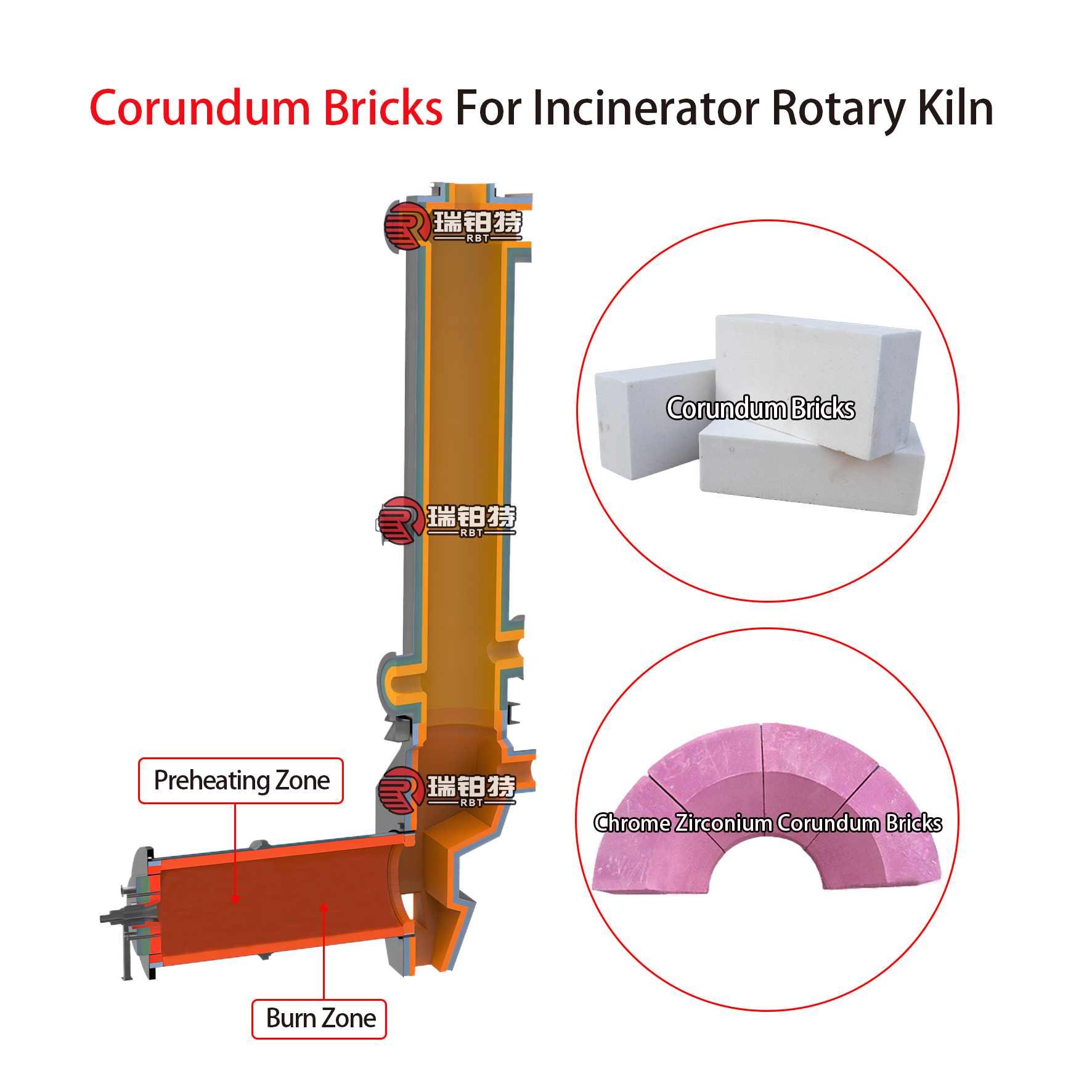
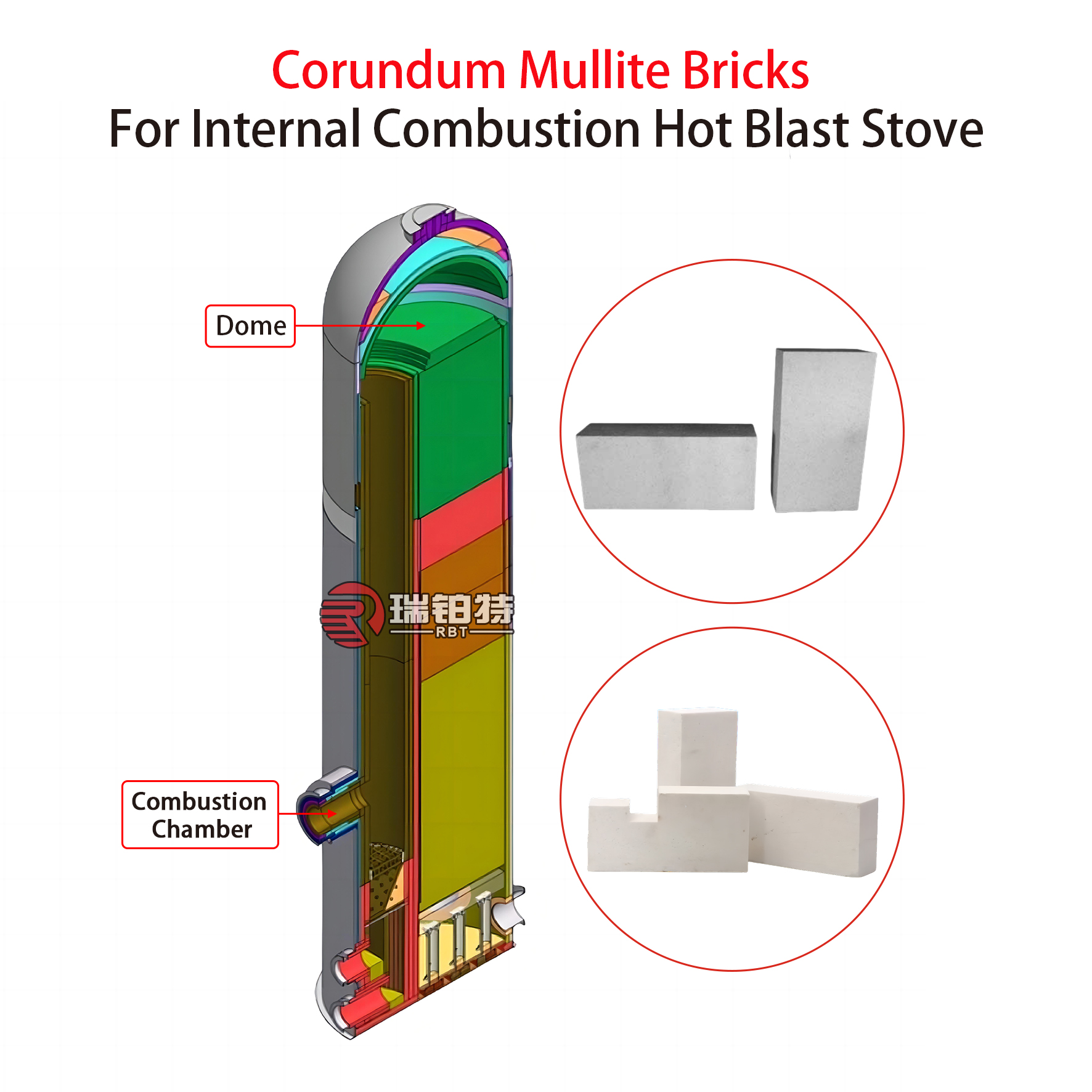
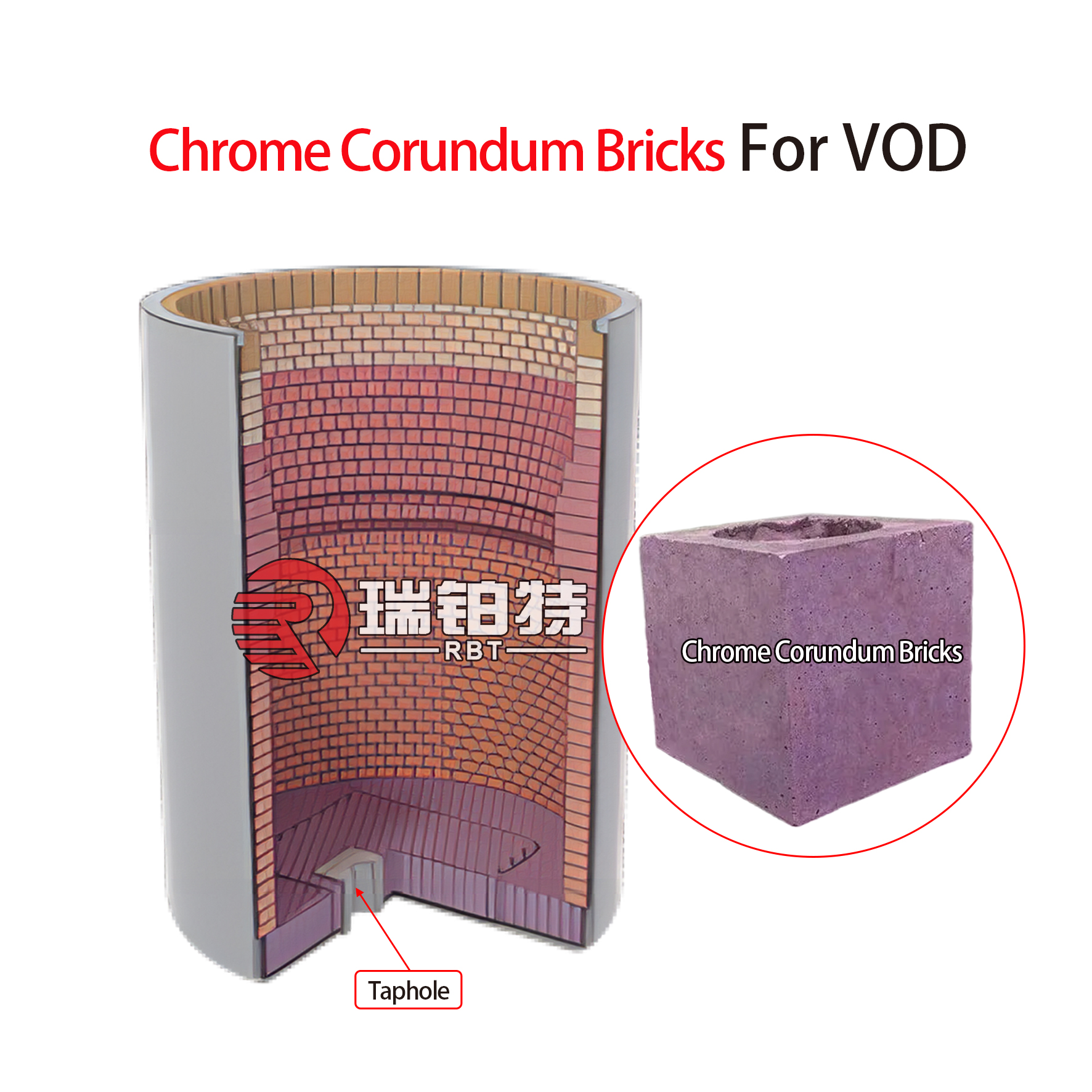
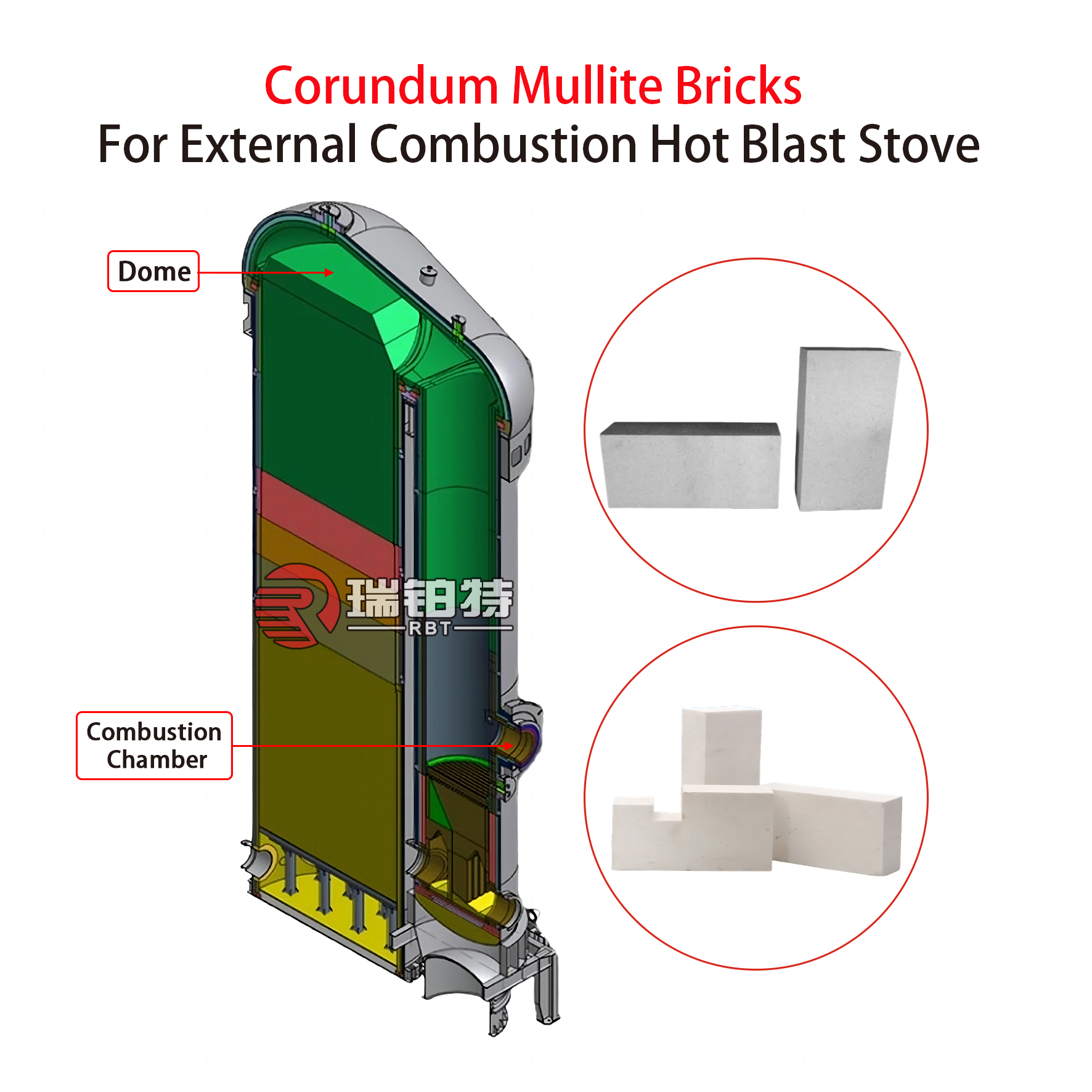
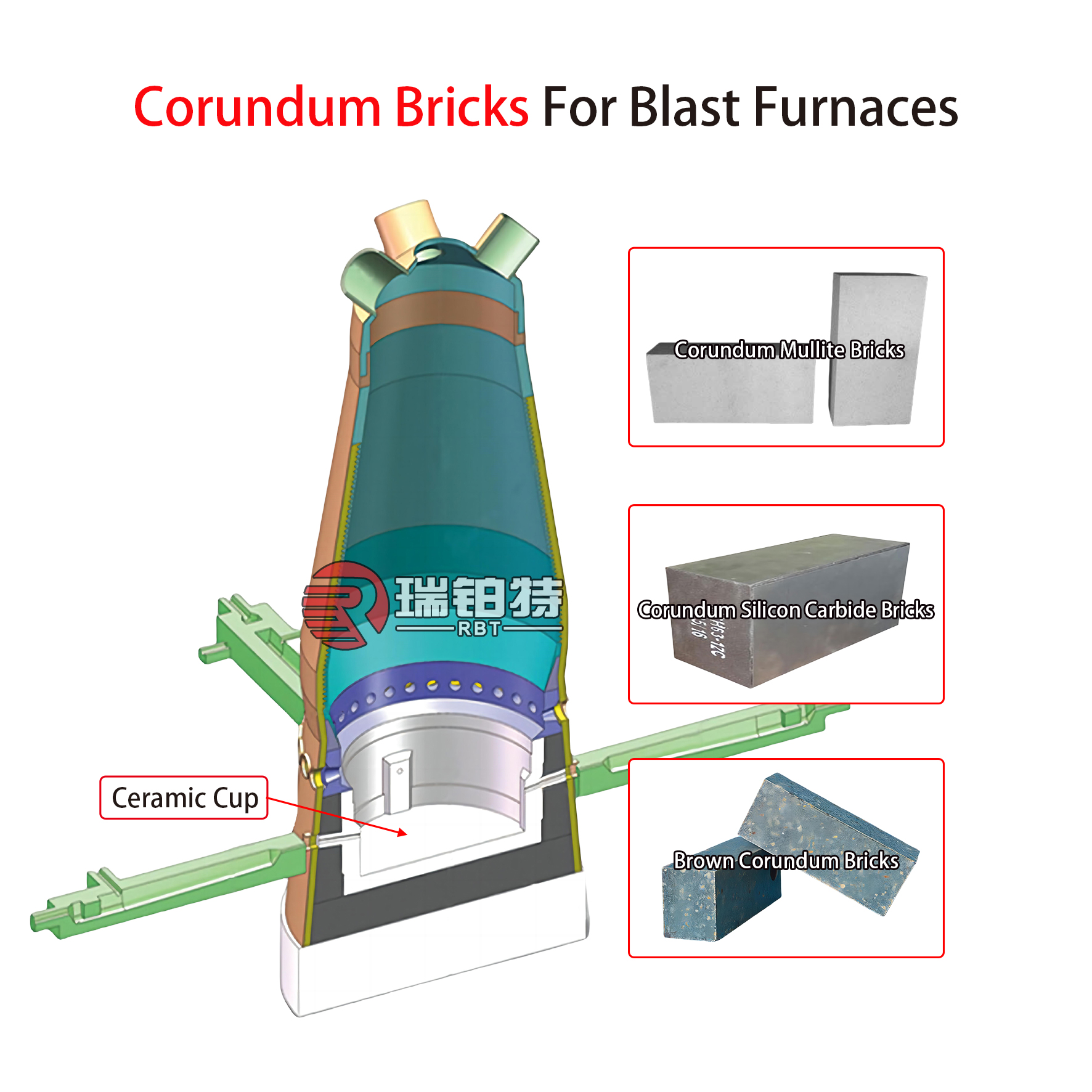
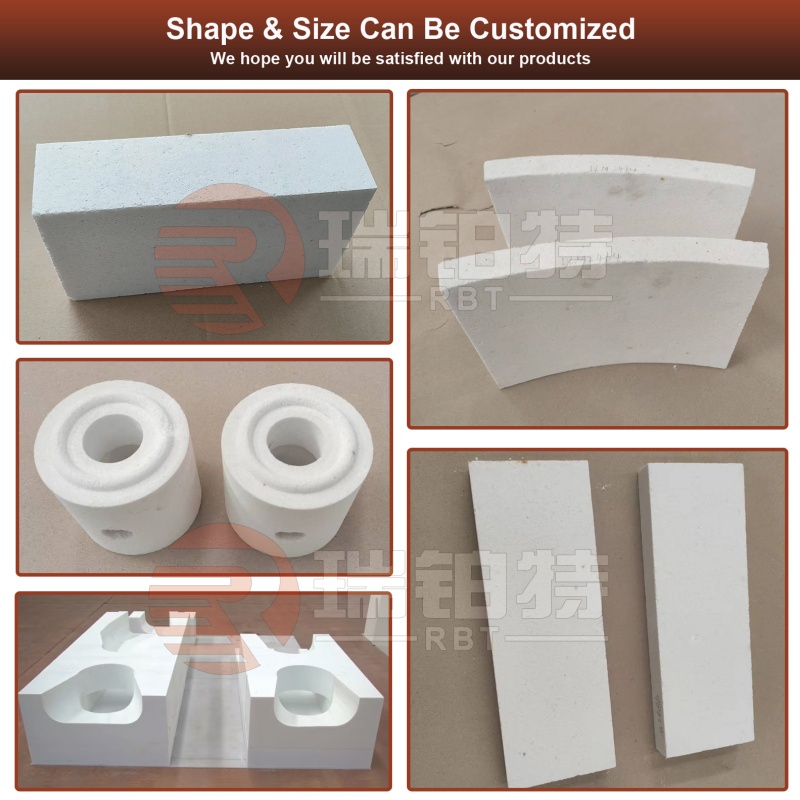
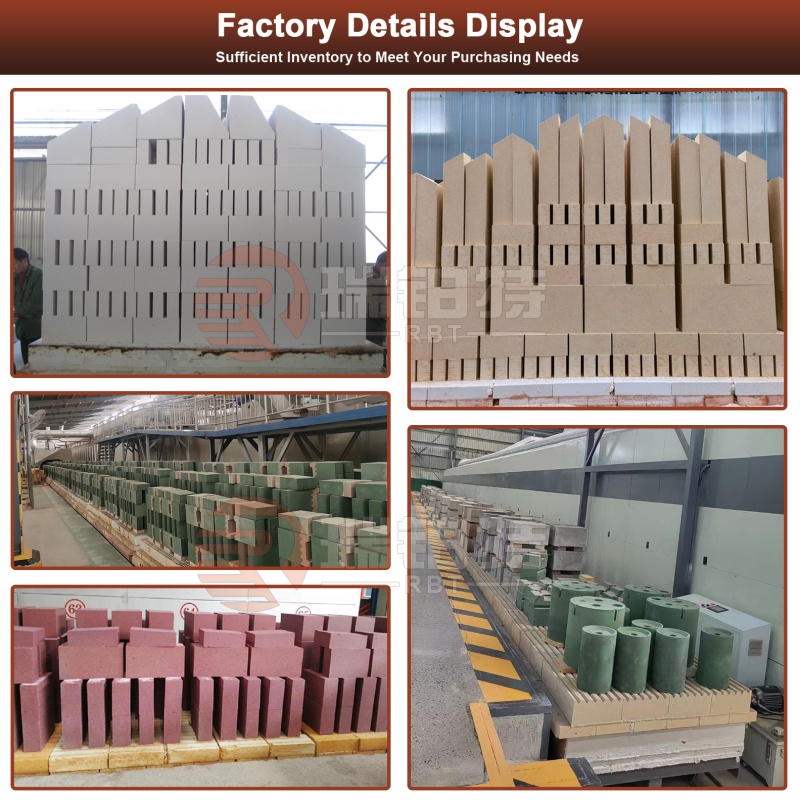
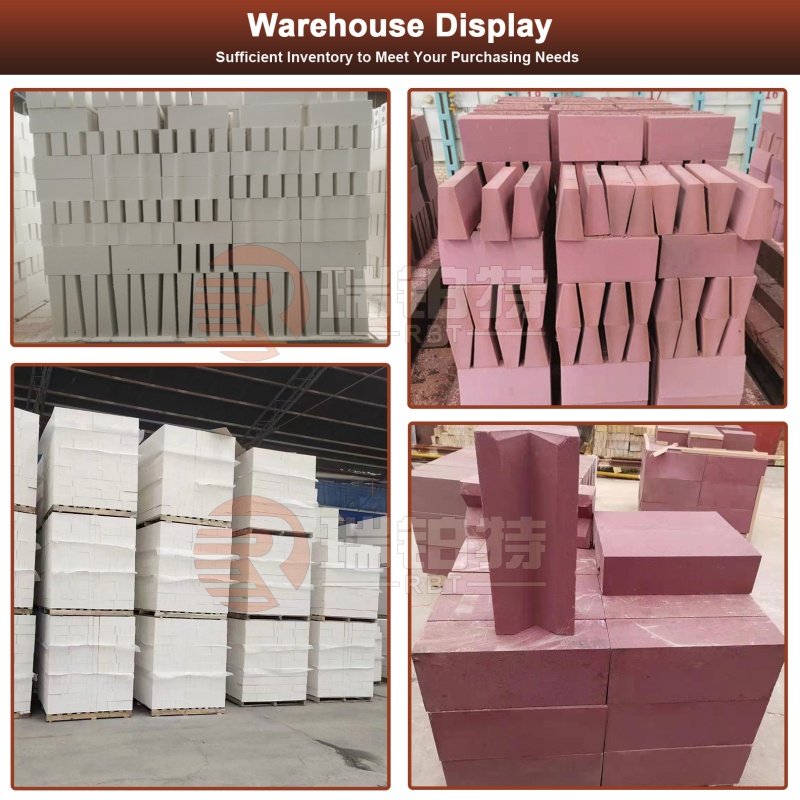
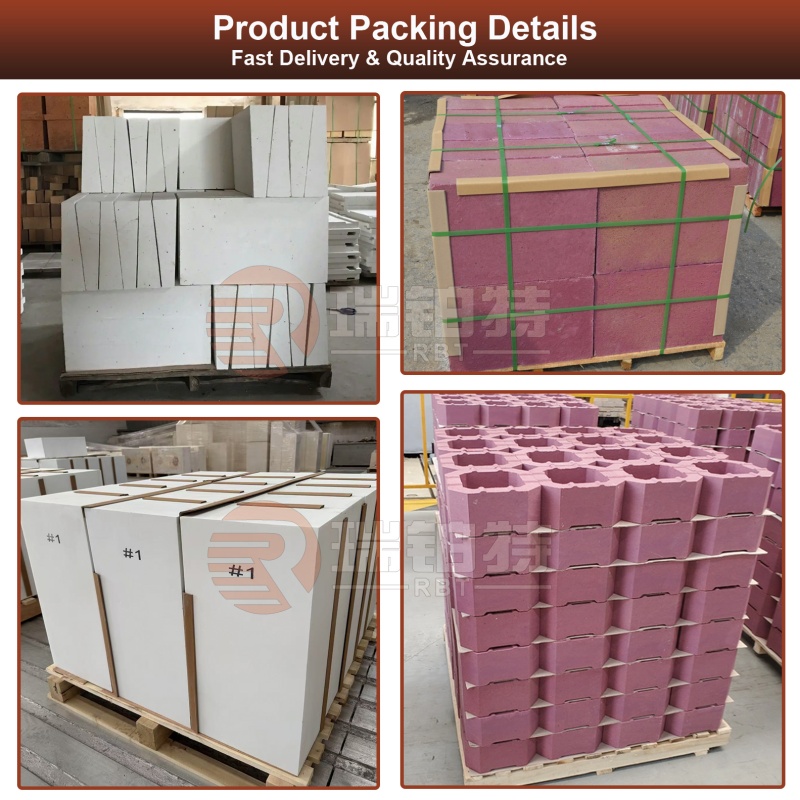
Company Profile
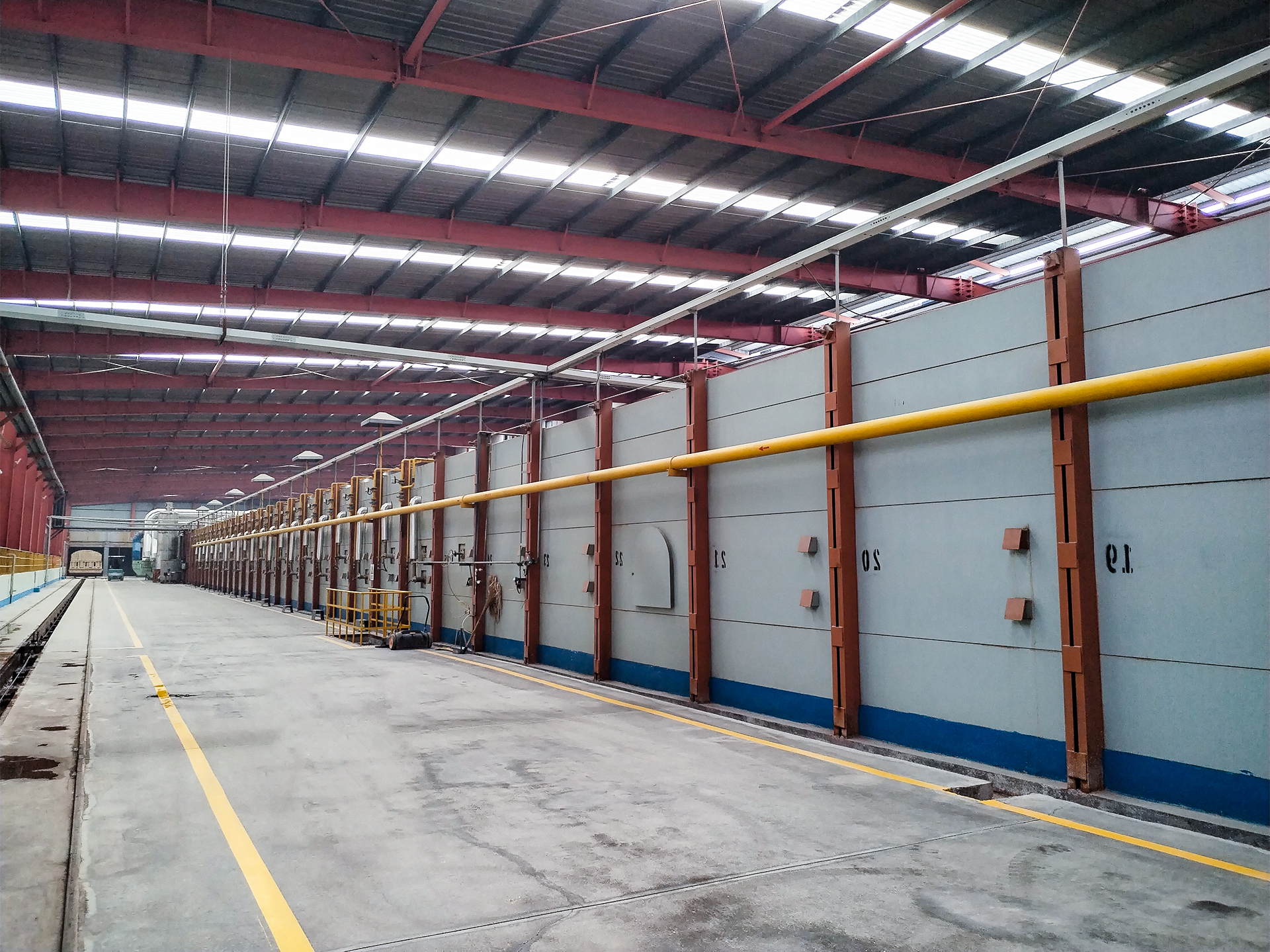
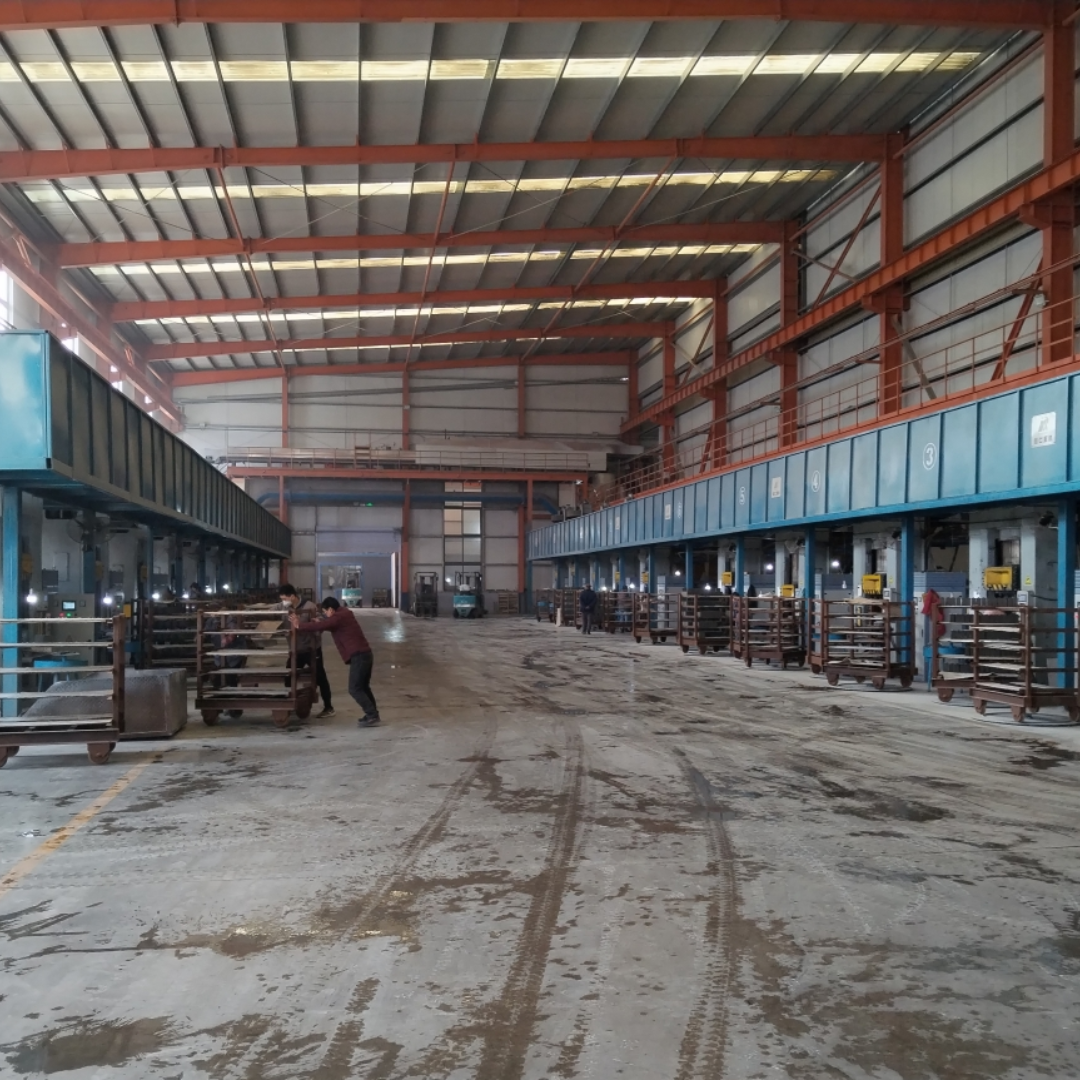
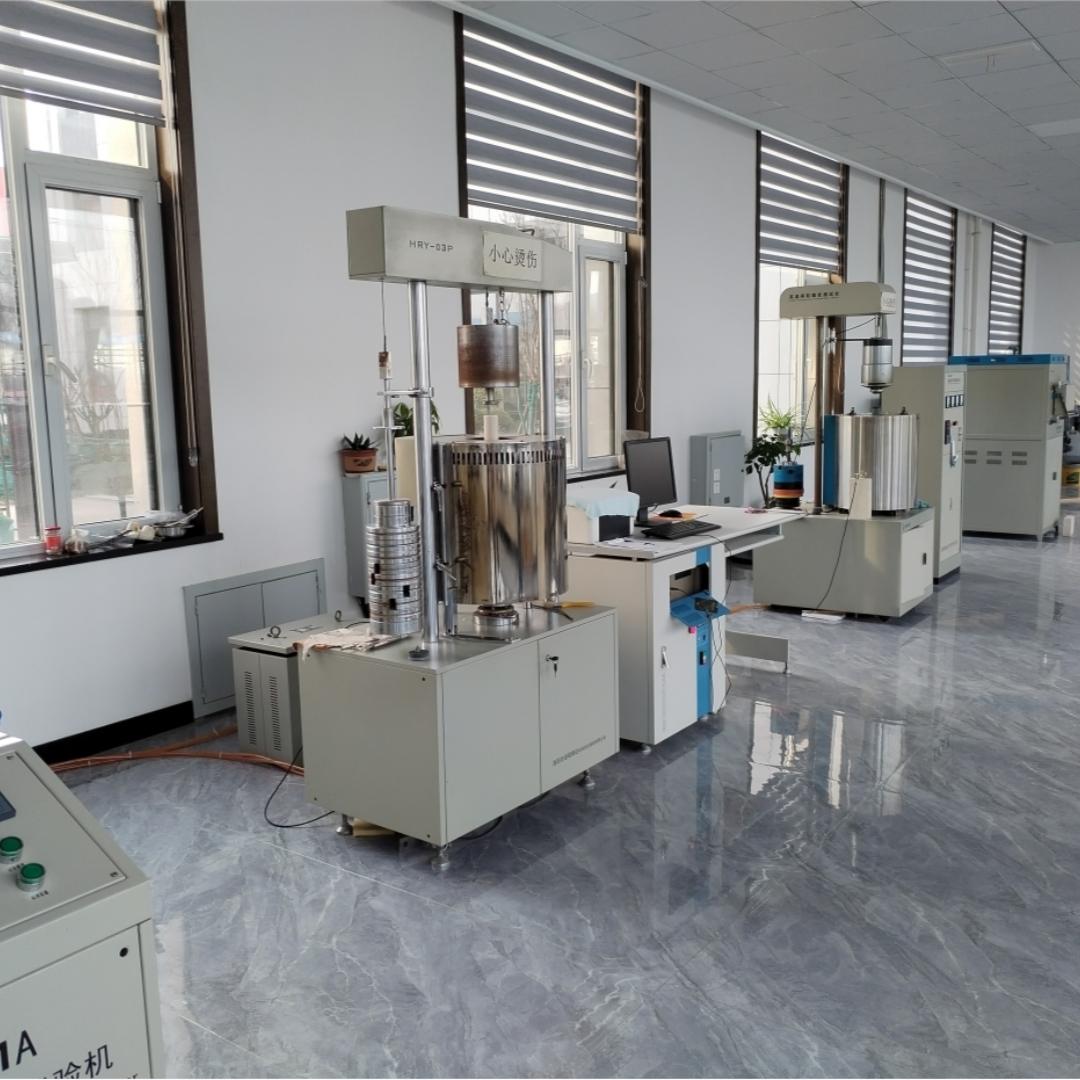
Shandong Robert New Material Co., Ltd. is located in Zibo City, Shandong Province, China, which is a refractory material production base. We are a modern enterprise that integrates the research and development, production, sales, kiln design and construction, technology, and export refractory materials. We have complete equipment, advanced technology, strong technical strength, excellent product quality, and good reputation. Our factory covers over 200 acres and an annual output of shaped refractory materials is approximately 30000 tons and unshaped refractory materials is 12000 tons.
Our main products of refractory materials include: alkaline refractory materials; aluminum silicon refractory materials; unshaped refractory materials; insulation thermal refractory materials; special refractory materials; functional refractory materials for continuous casting systems.

Frequently Asked Questions
Need help? Be sure to visit our support forums for answers to your questions!
We are a real manufacturer, our factory is specialized in producing refractory materials for more than 30 years. We promise to provide the best price, the best pre-sale and after-sale service.
For each production process, RBT has a complete QC system for chemical composition and physical properties. And we will test the goods, and the quality certificate will be shipped with the goods. If you have special requirements, we will try our best to accommodate them.
Depending on the quantity, our delivery time is different. But we promise to ship as soon as possible with guaranteed quality.
Of course, we provide free samples.
Yes, of course, you are welcome to visit RBT company and our products.
There is no limit, we can provide the best suggestion and solution according to your situation.
We have been making refractory materials for more than 30 years, we have strong technical support and rich experience, we can help customers design different kilns and provide one-stop service.





























